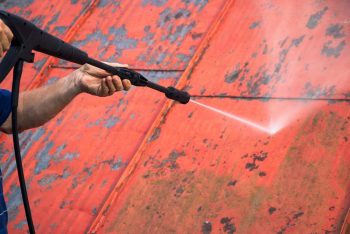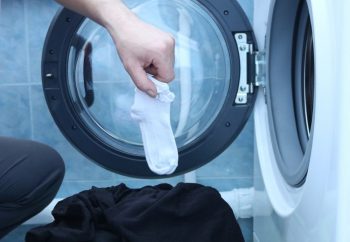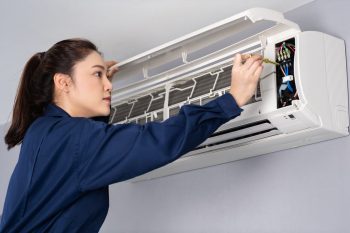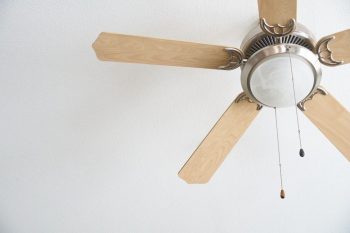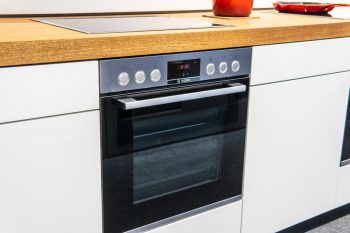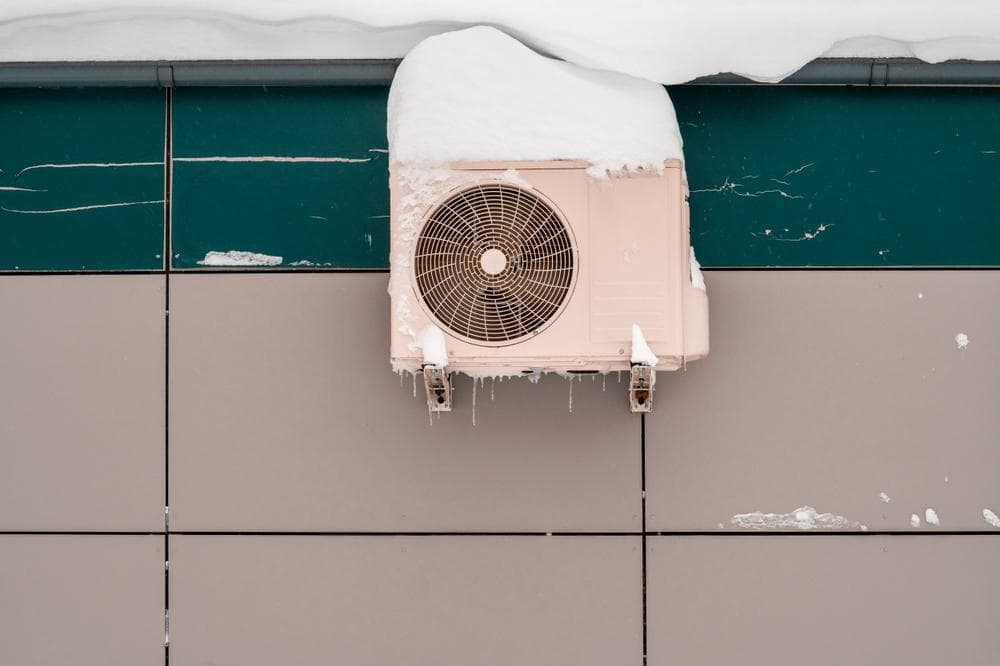
Air conditioners are a godsend during the hot summer months, but what happens when the temperature drops? Is there a minimum temperature to run an air conditioner? The short answer is yes, there is. Most HVAC professionals recommend not running your air conditioner when the outdoor temperature is lower than 60 degrees Fahrenheit. However, the exact minimum temperature can vary depending on the specific model of your air conditioner. Let’s delve into the details.
The minimum temperature to run an air conditioner is generally around 60 degrees Fahrenheit. Operating your air conditioner below this temperature can cause the unit to overwork, potentially leading to damages such as frozen coils and compressor issues. The exact minimum temperature may vary depending on the specific model of your air conditioner.
Understanding the Basics
Air conditioners work by removing heat from inside your home and expelling it outside, thus cooling your indoor environment. The cooling process involves a refrigerant – a fluid that changes from a low-pressure gas to a high-pressure liquid as it absorbs heat from your home and moves it outdoors.
However, this process becomes less efficient as the outdoor temperature drops. When the temperature falls below 60 degrees Fahrenheit, the air conditioner may struggle to expel heat outside, causing it to overwork and potentially leading to damages such as frozen coils and compressor issues.
The Impact of Low Temperatures on Air Conditioner Performance
Running an air conditioner below its minimum temperature can have several negative impacts on its lifespan and efficiency. When the AC is operated at low temperatures, it has to work harder to maintain the desired indoor temperature, which can lead to increased wear and tear on the unit’s components. This strain can potentially cause overheating, more frequent breakdowns, and ultimately shorten the AC unit’s lifespan.
Using the air conditioner below the minimum specified temperature can also cause the compressor to overwork and overheat, which can irreversibly damage the unit or necessitate significant repairs. Additionally, cooling coils can freeze, further damaging the system.
Recognizing the Signs of a Malfunctioning Air Conditioner
If your air conditioner is not functioning well due to low temperatures, you may notice signs such as insufficient airflow, warm air, ice buildup, and uneven temperatures in different rooms. If you suspect any of these issues, it’s best to consult with a professional HVAC technician to diagnose and repair the problem.
Protecting Your Air Conditioner in Cold Weather
To protect your air conditioner during colder months, consider the following practices:
- Cut the power: Shut off the air conditioning system completely to prevent it from accidentally turning on during warm spells in winter.
- Insulate pipes: Install rubber or tubular foam insulation around pipes to protect against freezing.
- Clear debris: Regularly remove leaves, twigs, pine cones, and other debris from around the unit to prevent damage.
- Cover the top of the unit: Use a breathable cover or fabric that allows air to pass in and out, and only cover the top of the unit, leaving about a foot of open space above the ground.
Air Conditioners Designed for Cold Climates
Despite the aforementioned challenges, some air conditioners are designed to function efficiently at lower temperatures. Brands like Daikin, Mitsubishi, and Fujitsu have developed high-quality heating and cooling products, including cold climate heat pumps that maintain their heating capacity even at freezing temperatures.
Conclusion
The minimum temperature to run an air conditioner is generally around 60 degrees Fahrenheit. Running your air conditioner below this temperature can lead to problems and reduced efficiency. To ensure the longevity and effectiveness of your air conditioning system, it’s crucial to operate it within the recommended temperature range and follow proper maintenance practices. If you need to cool your home when the outside temperature is below this range, consider other methods such as using fans, opening windows, or turning down the thermostat.
Frequently Asked Questions
What is a heat pump?
A heat pump is a device that uses a small amount of energy to move heat from one location to another. It’s typically used to pull heat from the air or ground to heat a home, but it can also be reversed to cool a building.
Can I use my air conditioner as a heater in winter?
Yes, some air conditioners, known as reverse-cycle air conditioners or heat pumps, can provide heating as well as cooling. However, traditional air conditioners don’t have this function.
Is it normal for my air conditioner to run continuously?
An air conditioner should not run continuously. If it does, it could indicate a problem such as a dirty filter, incorrect thermostat setting, or a unit that’s too small for the size of your home.
Why is there ice on my air conditioner?
Ice can form on your air conditioner’s coils if the unit is being run when the outdoor temperature is too low, or if there’s a problem with airflow, such as a dirty filter or blocked ducts.
What is the ideal temperature to set my air conditioner at during summer?
The ideal temperature setting for your air conditioner during summer is around 78 degrees Fahrenheit when you’re at home. This setting balances comfort with energy efficiency.

